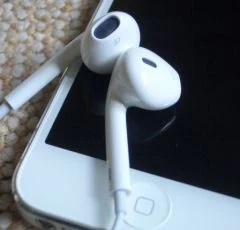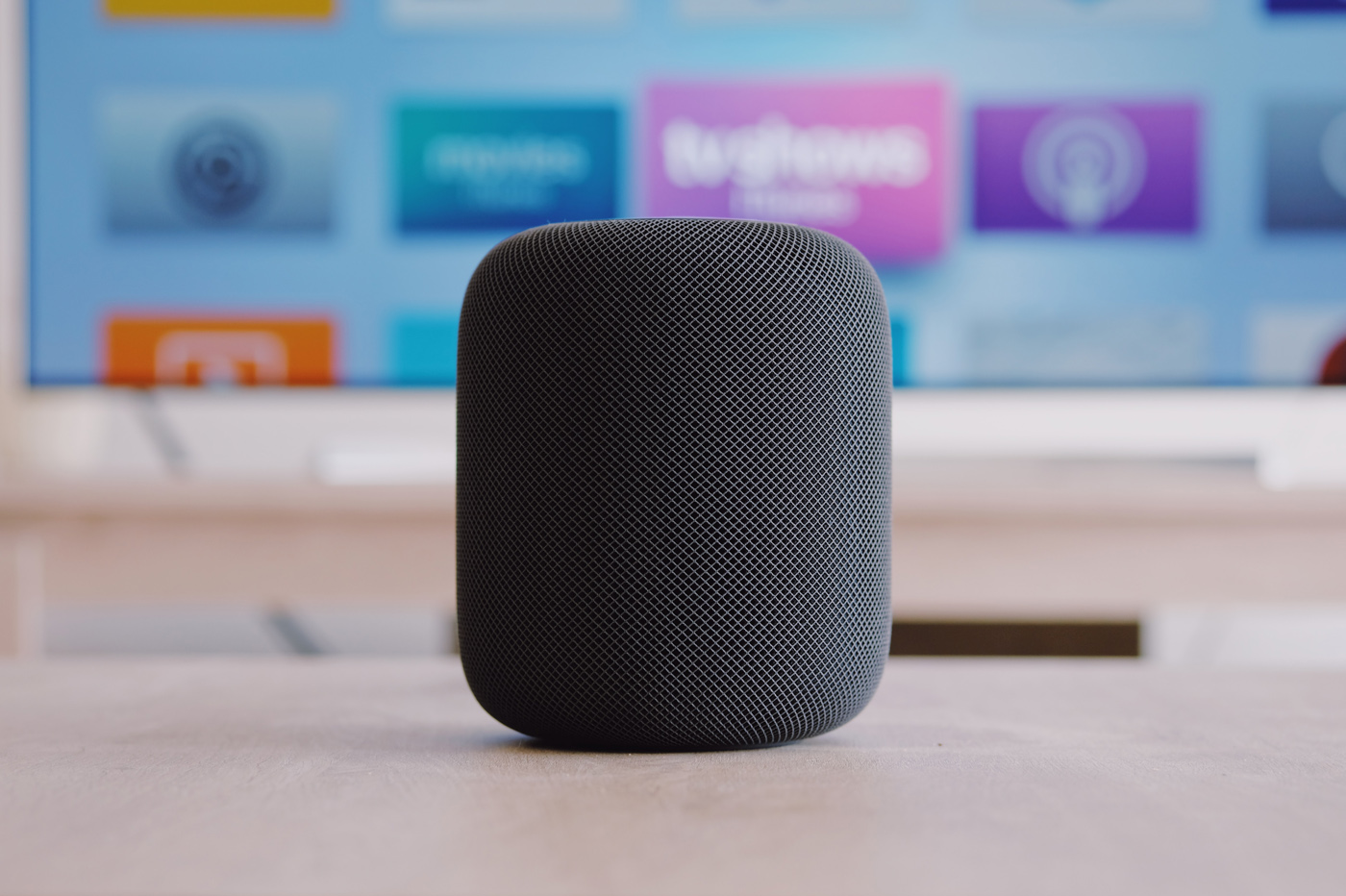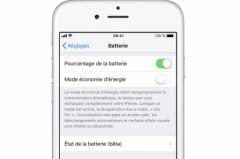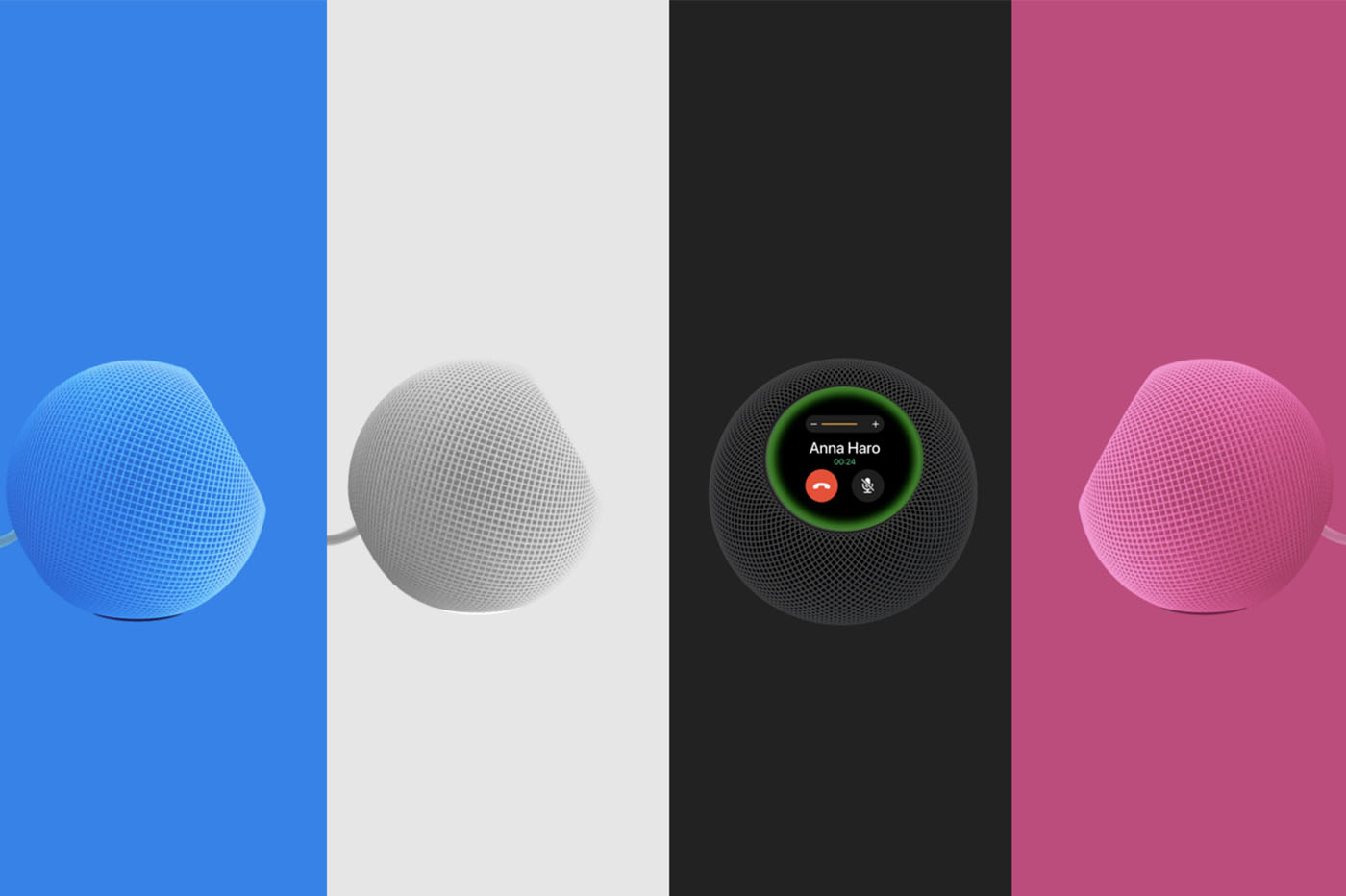 While the
While the
photos of what we think we arethe new iPhonemade the
one of the dedicated webzines in recent weeks, includingin our columns here, they are often analyzed
on the obvious (or not) changes made to the machine.
This is the complete opposite of what Don Lehman, industrial designer of
profession, who wrote a long article analyzing the changes in the iPhone
and the reasons that may have led Apple to make these choices.
We quickly realize that the different aspects of the next iPhone
(whether he is namediPhone 5,
iPhone 6 or new iPhone of your choice… from Apple) are designed to make one
machine evolved compared to current models:
We are not going to take everything backitem available
iciand a must read if industrial design interests you or
if you are just curious, long, detailed and very interesting, but
here is some information that the designer seems to read through the different
photos analyzed:
The rear of the machine, in fact the rear and the sides, is the element which
most caught Don's attention.
Indeed, it recognizes (and shows) thetraces of tools that have
used to machine a single piece of metal, integrating into the hood
rear including the locations for the screws and attaching the sides to
the rear. In other words,this iPhone is similar in design to
Mac dits "Unibody"ie cut in one piece from a block of
metal.
The advantage of this integrated design is mainly the saving of space and therefore
the ability for Apple to reduce the thickness of the machine, while avoiding
sacrificing the solidity of the whole. The move to a metallic rear brings
another interest of course is to move away from the fragility of
glass.
Depending on the metal used, a weight gain is also possible for
this machine, but can be compensated by other "heaviness" (battery
?)
Glass pieces for antennas
If the iPhone 4 inaugurated a design integrating the antenna into the perimeter of
the iPhone, it seems that Apple is continuing in this direction but is no longer using
that the two upper and lower parts of the perimeter as antennas
(probably for telephony. But you have to fit in the others
antennas: Bluetooth, WiFi, GPS, NFC possibly… And that’s where
we find a solution reminiscent of that adopted in the first iPhone,
namely a part of the case which lets the waves pass unlike the
metal. Except this time they areportions of window which are
integrated at the top and bottom of the casein a way
symmetrical.
Concerning the color, according to Don always, the black model is made in
the same material as white, but the metal would be tinted"in the(Editor's note: translation error on our part) out of concern
masse"
aesthetic. The fact that it is not a paint would make the color more
resistant to the ravages of life on a phone. This will be checked carefully
heard !
Other details of the phone like replacing the top grilles
speaker through holes in the metal or changing size of the dock jack
are analyzed in the article.
In conclusion, for the author, it is indeed anew
generation of iPhone, which will appear as such byon
finesse in particular and by its finish, when we can put the
hand on it.
Verra-t-onthe 12
Septemberanice video of a unibody iPhone being machined
?It's definitely possible!
By the way,you would rather be white or black iPhone in this new
model ?
Also read:
- Find all
the rumors around the iPhone 5 in a single image by reading this
billet - Conference
new iPhone launch: September 12?

i-nfo.fr - Official iPhon.fr app
By : Keleops AG
founder of the site. Computer engineer and Internet specialist where he has held various positions of responsibility, Laurent has been passionate about mobility since the arrival of "PDAs" in the 90s. Journalist for 4 years for the magazine Team Palmtops (Posse Presse) and author of several books on the iPad published by Pearson.






